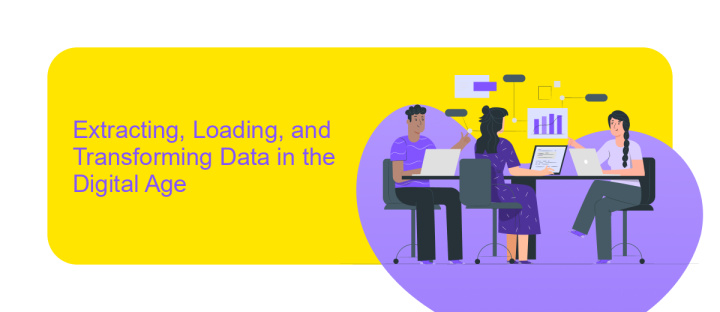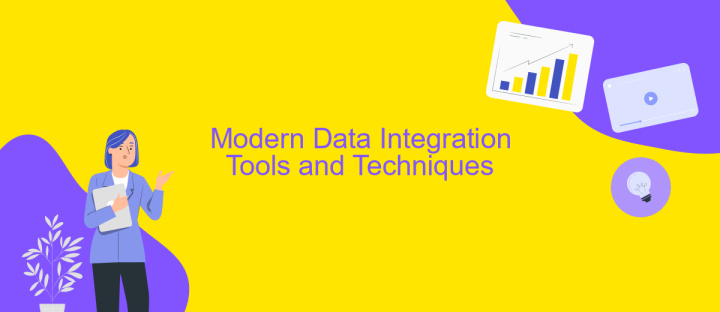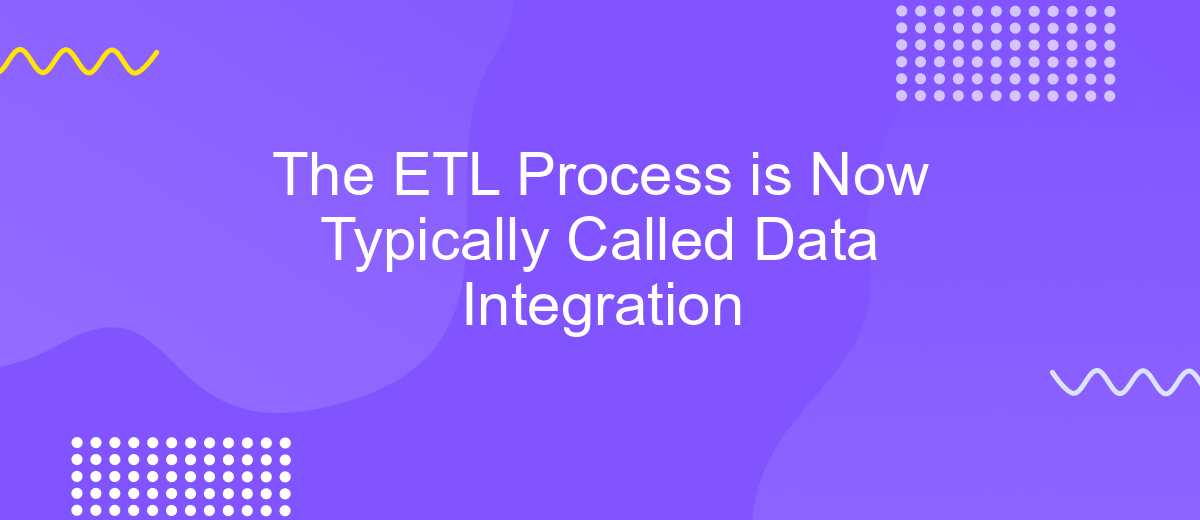The ETL Process is Now Typically Called Data Integration
The ETL (Extract, Transform, Load) process, once a cornerstone of data management, has evolved significantly in recent years. Today, it is more commonly referred to as Data Integration. This shift reflects the broader scope and complexity of modern data handling, which now encompasses a variety of sources, formats, and technologies to create a seamless flow of information across systems.
Data Integration and the Evolution of the ETL Process
Data integration has become a pivotal aspect of modern data management, evolving significantly from the traditional ETL (Extract, Transform, Load) processes. The shift is driven by the need for more agile, real-time data handling capabilities that can support diverse data sources and formats.
- Real-time data processing: Unlike traditional ETL, data integration supports near real-time data updates, which is crucial for dynamic business environments.
- Scalability: Modern data integration tools are designed to handle large volumes of data, making them suitable for enterprises of any size.
- Flexibility: These tools can integrate data from various sources, including cloud-based applications, on-premises systems, and third-party APIs.
- Ease of use: Platforms like ApiX-Drive simplify the integration process, allowing users to connect multiple applications and automate workflows without extensive technical knowledge.
As businesses continue to adopt cloud technologies and big data analytics, the evolution from ETL to data integration becomes increasingly relevant. Tools like ApiX-Drive play a crucial role in this transformation by offering user-friendly interfaces and robust integration capabilities, ensuring that data is seamlessly connected across different systems and applications.
Extracting, Loading, and Transforming Data in the Digital Age

In the digital age, the process of extracting, loading, and transforming data has evolved significantly. Traditional ETL processes have given way to more sophisticated data integration techniques, which are essential for handling large volumes of data from diverse sources. Modern tools and platforms enable seamless data extraction, ensuring that data is gathered efficiently from various databases, APIs, and cloud storage solutions. This data is then loaded into centralized systems or data lakes, where it can be accessed and analyzed in real-time.
One such platform that simplifies data integration is ApiX-Drive. ApiX-Drive offers a user-friendly interface and robust features for automating data workflows between multiple applications. By leveraging ApiX-Drive, organizations can streamline their data transformation processes, ensuring that data is accurately and consistently formatted for analysis. This not only enhances data quality but also accelerates decision-making processes. As businesses continue to rely on data-driven insights, the ability to integrate and transform data efficiently becomes increasingly critical.
Modern Data Integration Tools and Techniques

Modern data integration tools and techniques have significantly evolved to meet the increasing demands of data-driven businesses. These tools are designed to streamline the process of extracting, transforming, and loading (ETL) data, making it more efficient and effective. They offer a variety of features that simplify the integration of data from multiple sources, ensuring data consistency and accuracy.
- ETL Tools: Traditional ETL tools like Apache Nifi and Talend are still widely used, offering robust data transformation capabilities.
- Cloud-based Solutions: Platforms like Google Cloud Dataflow and AWS Glue provide scalable solutions for integrating data in real-time.
- Automation Services: Tools such as ApiX-Drive enable seamless automation of data integration tasks, reducing manual efforts and errors.
- Data Virtualization: Technologies like Denodo allow for real-time data integration without the need for physical data movement.
These modern tools and techniques not only enhance data integration processes but also ensure that businesses can quickly adapt to changing data landscapes. By leveraging services like ApiX-Drive, organizations can automate and optimize their data workflows, leading to more informed decision-making and operational efficiency.
Data Integration and the Cloud

Data integration has become increasingly vital as businesses move their operations to the cloud. The cloud offers scalability, flexibility, and cost-efficiency, making it an attractive option for data management. However, integrating data across multiple cloud platforms can be complex and challenging.
One of the primary benefits of cloud-based data integration is the ability to access and analyze data in real-time. This enables businesses to make informed decisions quickly. Services like ApiX-Drive simplify the process by providing an intuitive platform for setting up integrations between various cloud applications.
- Automated data synchronization
- Real-time data access
- Scalable solutions
- Cost-effective integration
Using tools like ApiX-Drive, companies can streamline their data workflows and reduce the time spent on manual data entry. This allows teams to focus on more strategic tasks, ultimately driving business growth and innovation. Cloud-based data integration is not just a trend; it's a necessity in today's fast-paced digital landscape.
The Benefits and Challenges of Data Integration
Data integration offers numerous benefits, including improved data quality, enhanced decision-making, and increased operational efficiency. By consolidating data from various sources into a unified view, organizations can gain deeper insights and make more informed decisions. Additionally, data integration helps eliminate data silos, ensuring that all departments have access to consistent and accurate information. This streamlined access to data can significantly boost productivity and enable more effective collaboration across teams.
However, data integration also presents several challenges. One of the primary difficulties is managing the complexity of integrating disparate data sources with varying formats and structures. Ensuring data security and compliance with regulations can also be daunting. Tools like ApiX-Drive can simplify the integration process by offering automated solutions to connect different applications and services. Despite these tools, organizations must still invest time and resources in planning and maintaining their data integration strategies to overcome these challenges effectively.
FAQ
What is the ETL process and why is it now commonly referred to as Data Integration?
What are the key components of a Data Integration process?
How can businesses benefit from automating the Data Integration process?
What challenges might a business face when implementing Data Integration?
How can ApiX-Drive help in automating Data Integration tasks?
Strive to take your business to the next level, achieve your goals faster and more efficiently? Apix-Drive is your reliable assistant for these tasks. An online service and application connector will help you automate key business processes and get rid of the routine. You and your employees will free up time for important core tasks. Try Apix-Drive features for free to see the effectiveness of the online connector for yourself.

